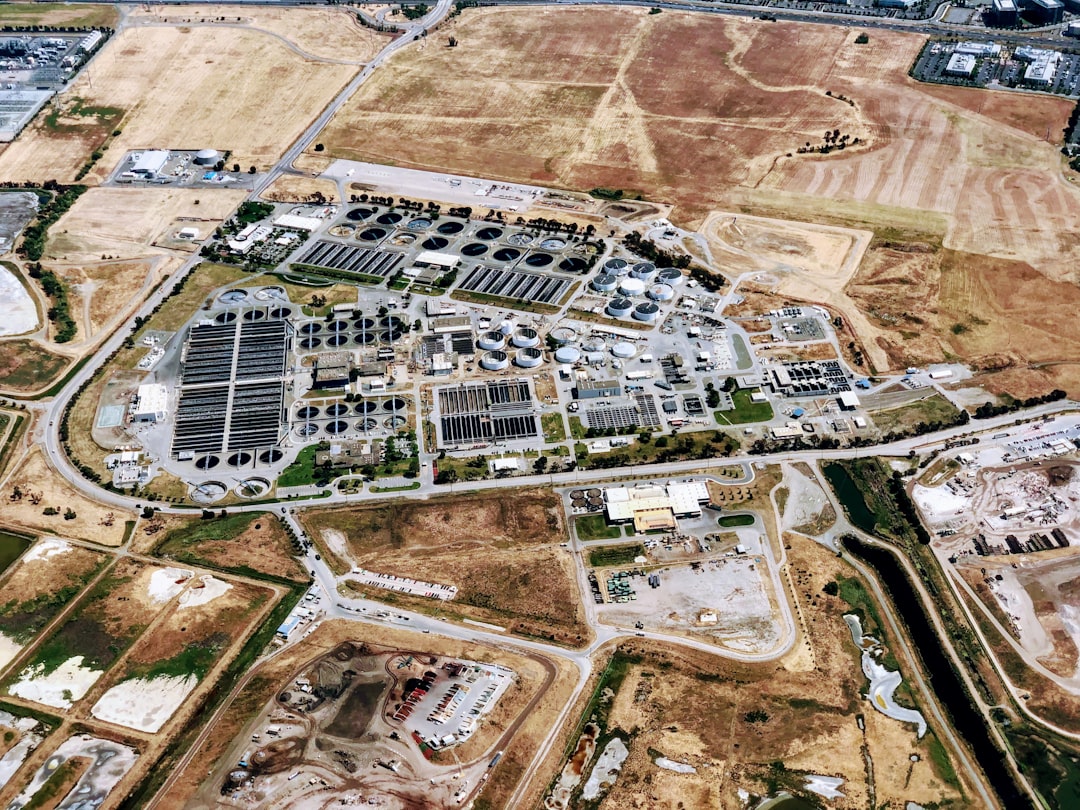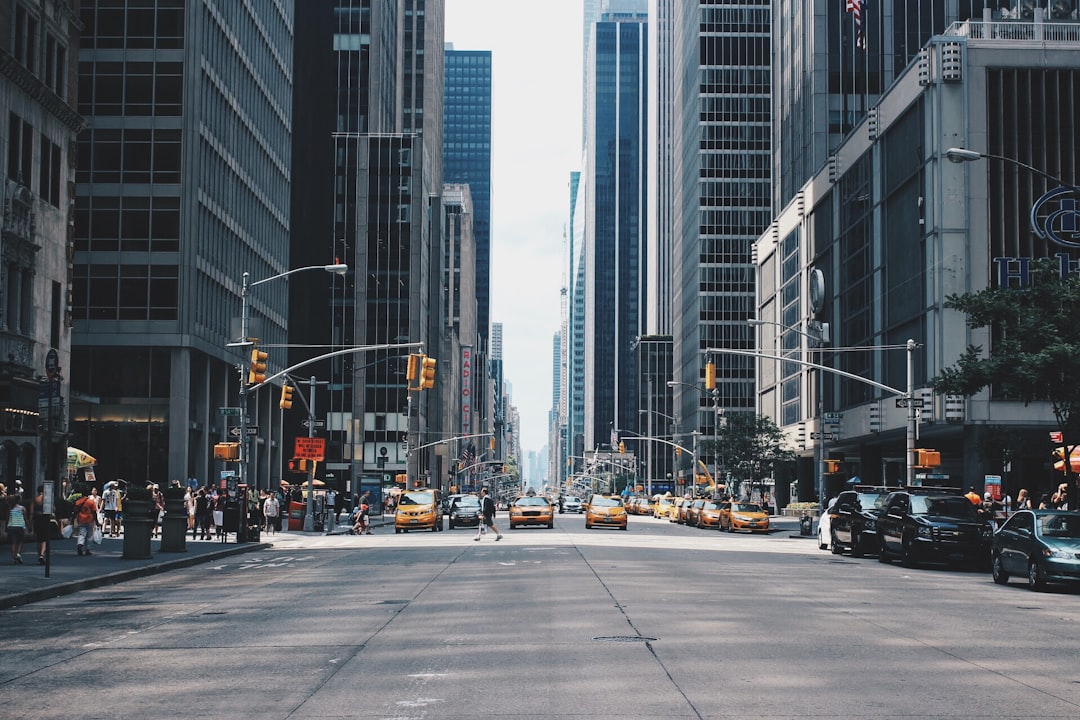What is it about?
Climate change is a current threat worldwide. A major contribution to climate change comes from polluting gases released by road transport. One way to make transport climate friendly is by adopting cycling. Cheap and energy-saving, cycling reduces noise pollution and improves health and road safety. As a result, cycling could become an innovative strategy for sustainable city planning. In this study, the authors adopt a method for assessing roadways in the city of Potenza, Italy. They analyze the geography and arrangements of the street networks in space, and arrive at a design to develop cycling as a transport mode. Their results can guide the development of an urban cycle facility in Potenza and in other cities as well as promote cycle-tourism.
Featured Image

Photo by Andrew Gook on Unsplash
Why is it important?
Cycling is an energy-efficient mode of traveling. It is also cheap, pollution-free, safe, and healthy. To build a sustainable city, city planners must promote cycling as an efficient mode of transport. This study provides the basics necessary for city planning strategies to develop such facilities. KEY TAKEAWAY: Adopting cycling as a transport mode could help us move toward sustainable city living. A good strategy for promoting cycling in the city must contain both a city planning that includes cycling as a form of travel as well as public bike sharing systems with e-mobility. This research relates to the following Sustainable Development Goals: • SDG 13: Climate Action • SDG 11: Sustainable Cities and Communities • SDG 3: Good Health and Well-being
Read the Original
This page is a summary of: Cyclable Cities: Building Feasible Scenario through Urban Space Morphology Assessment, Journal of Urban Planning and Development, December 2021, American Society of Civil Engineers (ASCE),
DOI: 10.1061/(asce)up.1943-5444.0000713.
You can read the full text:
Resources
SDG Showcase: Goal 13 – Climate Action
More plain language summaries of research relevant to Sustainable Development Goal 13: Climate Action – brought to you by the SDG Knowledge Cooperative
SDG Showcase: Goal 11 – Sustainable Cities and Communities
More plain language summaries of research relevant to Sustainable Development Goal 11: Sustainable Cities and Communities – brought to you by the SDG Knowledge Cooperative
SDG Showcase: Goal 3 – Good Health and Well-Being
More plain language summaries of research relevant to Sustainable Development Goal 3: Good Health and Well-Being – brought to you by the SDG Knowledge Cooperative
ASCE Sustainable Development Goals Showcase
More plain language summaries of research relevant to ASCE's Sustainable Development Goals
SDG Knowledge Cooperative
More plain language summaries of research relevant to all the Sustainable Development Goals.
ASCE Climate Change Showcase
More plain language summaries from ASCE relevant to Climate Change
Climate Change Showcase
More plain language summaries of research relevant to Climate Change
Contributors
Be the first to contribute to this page










